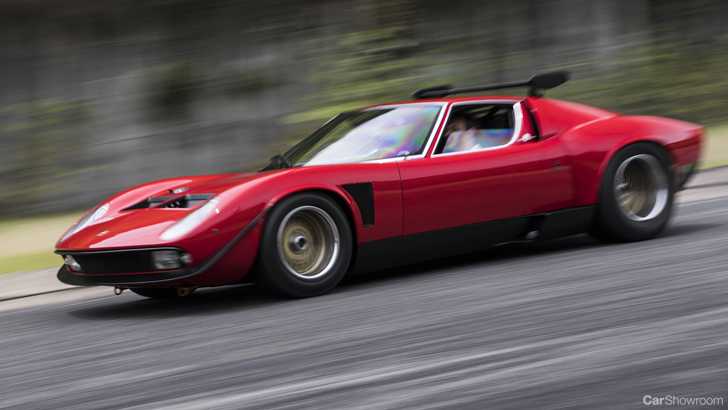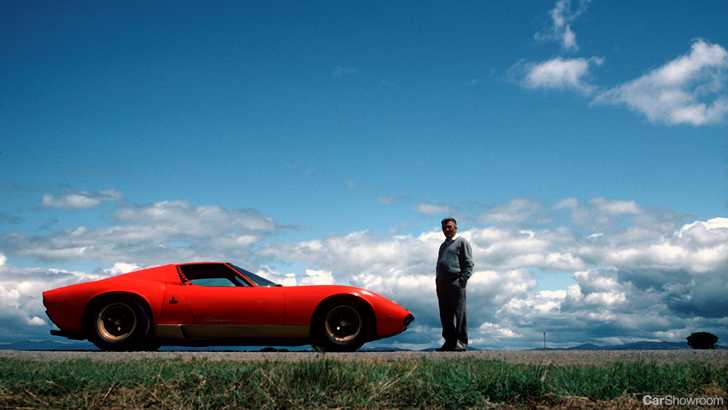Beautiful thing. Also the reason why roof spoilers are not socially acceptable.
This is the newest object to emerge from Lamborghini Polo Storico, but don’t let that unfamiliar name leave your head scratching. What is actually is, is a restoration of a one-off Lamborghini - one of the last and arguably the wildest version of Sant’Agata’s first mid-engine car ever made: the Miura SVR.
Since it’s debut in 1966, the high end car world has come to be shaped by the supercar, a lineage that could be traced to the original Miura. Within its 6 year life that ended in 1972, Lamborghini continued to refine the spectacular but flawed formula.
According to some, the ultimate expression of this culminated in the original Miura SVR, a car that shouldn’t really have existed at all. It was originally created when legendary factory test driver Bob Wallace decided to fashion the Miura Jota into a full-fledged race car.
Of the unique modifications made to Wallace’s Jota, which was sadly crashed during a shakedown session, the car that came to most closely resemble it was the subsequent Jota S. This is a car where Lamborghini only ever made one example: chassis #3781, body #383, engine #2511. And this is it, lovingly and meticulously restored by the specialists at Lamborghini’s Polo Storico division.
After changing hands eight times in Italy, the Muira Jota SVJ that would become the only SVR was purchased in 1974 by Heinz Straber, a German man, who took the example back to Sant’Agata with a special request: to transform it into an SVR, an even closer representation to the defunct racing Miura project.
The task of modifying the SVJ into a race-spec SVR while maintaining road car driving ability was a tough endeavour, taking approximately 18 months. Upon completion, what was the rarest Lamborghini in existence found its way to Japan where it was sold to Hiromitsu Ito, its presence inspiring the creators of the popular Circuit Wolf comic book series and further forming a local cult status by its inclusion in Kyosho’s line of 1:18 scale models.
Paolo Gabrielli, Lamborghini Head of After Sales and Director of the Polo Storico, said: “The full restoration took 19 months and required a different approach to the way we normally work. The original production sheet wasn’t of much help, as we relied mostly on the specifications from the 1974 modifications,”
“The challenge for the Polo Storico team was even more daunting as the car arrived in Sant’Agata in pieces, although the parts were all there, and with considerable modifications. The only variations on the original specifications were the addition of 4-point safety belts, more supportive seats and a removable roll bar. These were expressly requested by the customer and are intended to improve safety during the car’s racetrack exhibitions.”
For more on Lamborghini cars, check out our Showroom.






















